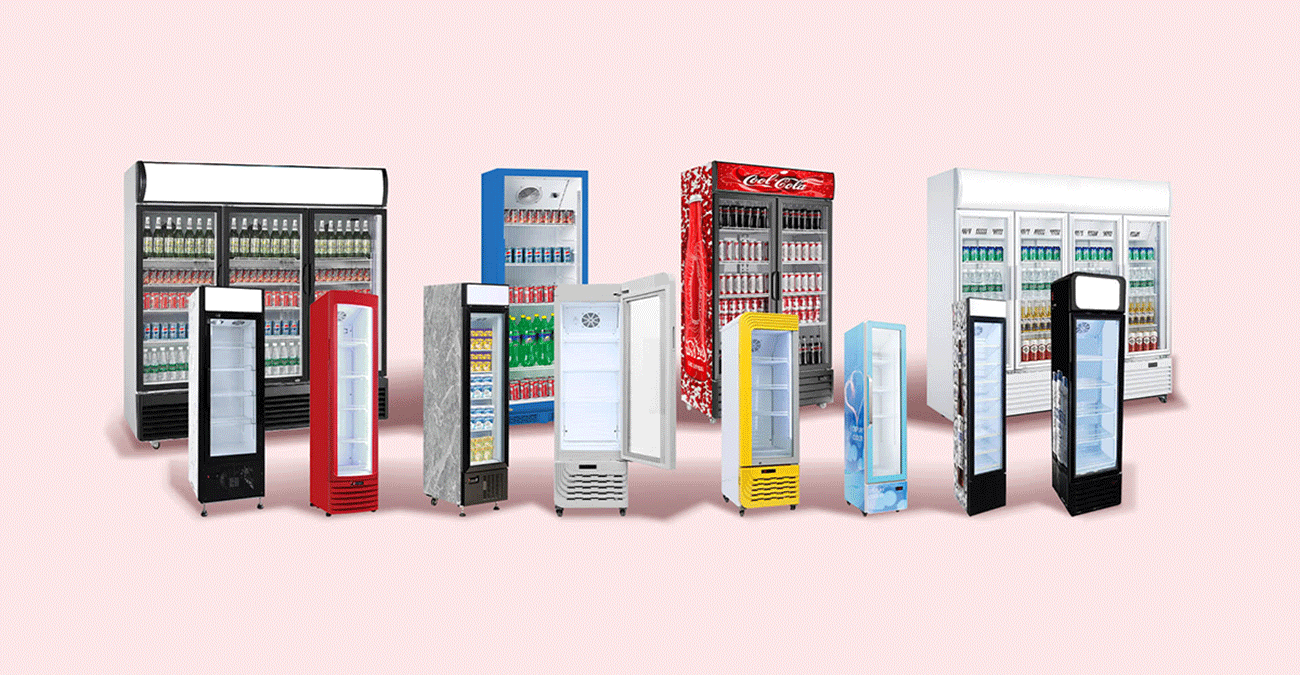Since the 1980s, refrigerators have found their way into countless households with the advancement of technology. At present, various intelligent temperature-controlled refrigerators and built-in refrigerators have become commonplace. The features of frost-free and automatic freshness preservation offer users a premium experience.
According to the data, the global annual production of refrigerators is surging at a rate of 22.9%, and retail sales have also witnessed a 7% increase. The year-on-year growth in production has established itself as the dominant trend. In such a market landscape, ordinary commercial refrigerators have lost their competitive edge. Consequently, the next-generation built-in refrigerators are set to become the mainstream.
In my view, built-in refrigerators possess several advantages over traditional ones:
Aesthetics and Seamless Integration with Home Decor
It is undeniable that built-in refrigerators can be discreetly concealed within cabinets. This not only saves space but also achieves a harmonious blend with furniture, enhancing the overall aesthetic of the layout and ensuring greater convenience during use. Whether it’s a two-door or a four-door model, they blend in perfectly.
In terms of capacity, nearly all built-in refrigerators can be customized. The large-capacity variants typically range from 500 to 700 liters, while the small-capacity ones span from 50 to 100 liters. With the proliferation of cars, various car-mounted mini built-in refrigerators have also gained significant popularity.
Intelligent and High-End Attributes
Today’s refrigerators offer enhanced interactivity and a superior user experience, owing to their intelligent and high-end characteristics. The intelligence is manifested through the integration of smart operating systems and WIFI modules, enabling users to control the refrigerators via mobile phones, remote controls, voice commands, or touch. The high-end features encompass functions like automatic defrosting, rapid freezing, precise temperature control, and sterilization, eliminating the need for manual adjustments. The overall user experience with built-in refrigerators is truly remarkable.
Enhanced Product Cost-Effectiveness
As the market evolves, product oversupply and technological bottlenecks have emerged. This has made the cost-effectiveness of products a crucial factor. Some leading-brand built-in refrigerators have limited technological advantages. In the current market scenario, their prices are bound to decline; otherwise, they would struggle to sell. Unless there are revolutionary technological breakthroughs, they cannot command a premium price. Given its trendy nature, the built-in refrigerator concept has naturally gained traction.
What Are the Breakthroughs in New Technologies for Frost-free and Freshness Preservation of Built-in Refrigerators?
With the continuous evolution of built-in refrigerator technology, major brand manufacturers have been investing heavily in research and development, achieving remarkable strides in refrigeration, freshness preservation, and energy-saving technologies. For instance, the application of air-cooled frost-free technology ensures a consistent internal temperature within built-in refrigerators and eradicates the issue of frost build-up. This not only bolsters the freshness preservation but also spares users the hassle of regular defrosting.
Particularly, the thermal insulation and noise reduction capabilities of built-in refrigerators have also been steadily improving, further elevating the product quality.
Traditional direct-cooling refrigerators are prone to frosting, which not only impairs the refrigeration efficiency but also necessitates regular manual defrosting, inconveniencing users. The adoption of a multi-air-duct air supply system enables more precise control over the flow and direction of cold air, minimizing temperature fluctuations inside the refrigerator and optimizing the freshness preservation.
Some built-in refrigerators are also equipped with an intelligent defrosting function that can automatically assess the need for defrosting based on the refrigerator’s usage patterns and initiate the process at an opportune moment, ensuring seamless operation and energy conservation.
Vacuum Freshness Preservation Technology
The vacuum freshness preservation technology creates a low-oxygen environment by extracting the air within the refrigerator, effectively curbing the respiration of food items, reducing moisture and nutrient loss, and prolonging the shelf life. For example, Hisense’s Bright 600 Vacuum First-class Cabin Fully Built-in Refrigerator incorporates advanced AI vacuum ice-temperature technology, which can fine-tune the vacuum level according to the type and storage requirements of food, maximizing the freshness preservation.
This technology is not only effective for fresh produce like fruits and vegetables but also delivers outstanding results for perishable items such as meat and seafood. In a vacuum environment, the color, texture, and nutritional value of meat and seafood are better retained, preventing oxidation-induced spoilage and off-flavors.
Nitrogen Freshness Preservation Technology
The nitrogen freshness preservation technology represents a novel approach. It operates by injecting nitrogen into the refrigerator, adjusting the nitrogen-oxygen ratio to create an inert-like atmosphere, thereby suppressing the oxidation of food and extending its freshness. Fotile’s new generation of high-end fully built-in refrigerators employs an original ocean-going level nitrogen freshness preservation technology. Through extensive testing and comparison involving hundreds of common household food items, it has demonstrated the ability to maintain the original freshness of food over an extended period.
Compared to the vacuum freshness preservation technology, the nitrogen method is more straightforward and convenient. It eliminates the need for air extraction; instead, only periodic nitrogen injection is required. Additionally, it helps maintain the internal humidity of the refrigerator, averting food dehydration and shrinkage.
Intelligent Freshness Preservation Technology
The intelligent freshness preservation technology utilizes sensors to continuously monitor parameters such as temperature, humidity, and oxygen concentration inside the refrigerator. Based on the type and storage needs of the food, it automatically adjusts the refrigeration mode and air supply mechanism, creating an optimal storage environment. For example, if the sensors detect low humidity, the system will activate a humidification function to safeguard the food’s freshness.
This technology also enables food management and reminder functions.
With their appealing aesthetics, space-saving design, and practical functionality, built-in refrigerators have emerged as the top choice for modern households. The continuous breakthroughs in frost-free and freshness preservation technologies have provided a robust technological foundation for their growth and acceptance.
Post time: Nov-28-2024 Views:





